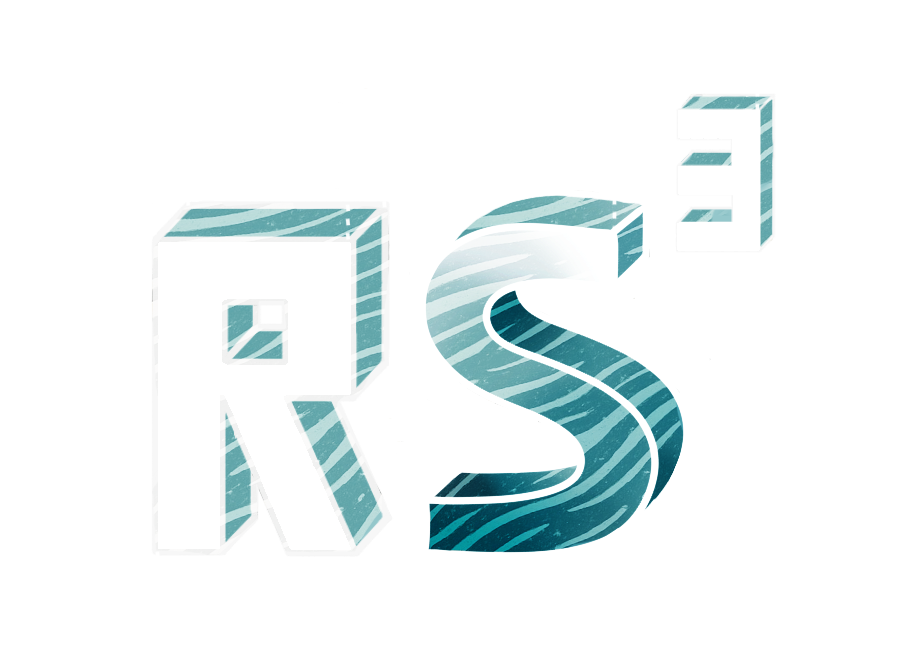Lab News

The Schmitt Lab for River System Science and Sustainability (RS³) promotes a new approach to river science and management—one that integrates systems thinking with a focus on sustainability. Just as earth system science has advanced our understanding of the planet as a deeply interconnected system, we apply river system science to explore how rivers function as connected networks across scales, processes, and human uses.

Rivers are fascinating natural systems, underpin ecosystem and societies, and “flow” through many global challenges, from climate adaptation and mitigation to natural hazards, meeting human needs for water, energy, and food, and tackling the global biodiversity crisis. At the same time, rivers are heavily altered by human activities, requiring us to conceptualize their functions and management at the intersection of human and natural systems.

Rivers are fascinating natural systems, underpin ecosystem and societies, and “flow” through many global challenges, from climate adaptation and mitigation to natural hazards, meeting human needs for water, energy, and food, and tackling the global biodiversity crisis. At the same time, rivers are heavily altered by human activities, requiring us to conceptualize their functions and management at the intersection of human and natural systems.

Rivers are fascinating natural systems, underpin ecosystem and societies, and “flow” through many global challenges, from climate adaptation and mitigation to natural hazards, meeting human needs for water, energy, and food, and tackling the global biodiversity crisis. At the same time, rivers are heavily altered by human activities, requiring us to conceptualize their functions and management at the intersection of human and natural systems.
From mountain peaks to beaches thousands of kilometers away, rivers form connected networks. We use graph models, machine learning, and remote sensing to reveal how they function as whole systems.
Source/explanation: Artistic visualization of the CASCADE sediment transport model (R.Schmitt)
Dams and reservoirs make rivers usable, but at great cost. Strategic planning can minimize ecosystem impacts and guide decisions on new builds or removals.
Hydropower anchors low-carbon energy strategies, yet threatens the very survival of rivers. We design energy portfolios that deliver both low carbon and low impact, e.g., by deploying land based and floating solar photovoltaic in addition to hydropower.
River deltas sustain millions of people and a trillion-dollar economy—but only if water and sediment continue to flow.
Source/explanation: The Mekong Delta, one of the world’s most productive landscapes, from space. (R.Schmitt)
Rivers sit at the heart of water-energy-food systems. We study how infrastructure and natural hazards reshape this nexus and explore new pathways for resilience.
Rivers are inseparable from their basins. Through interdisciplinary modeling, we illuminate how watershed processes shape river futures.
Source/explanation: Chaglla dam in Peru.

